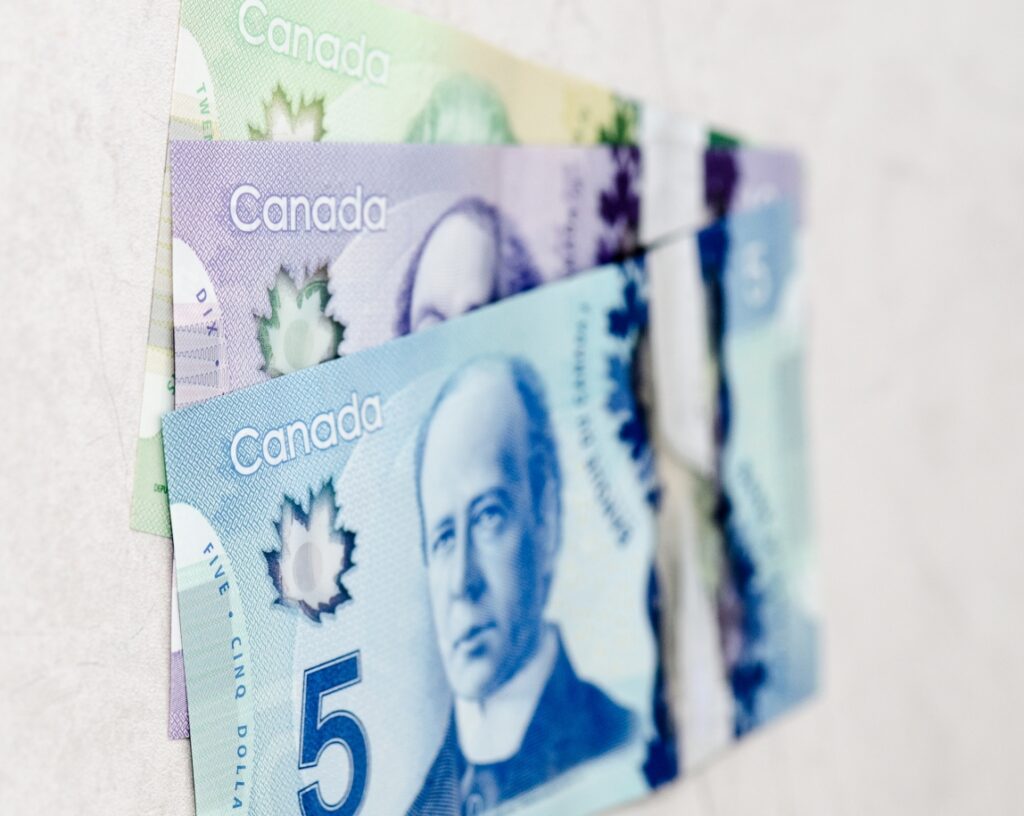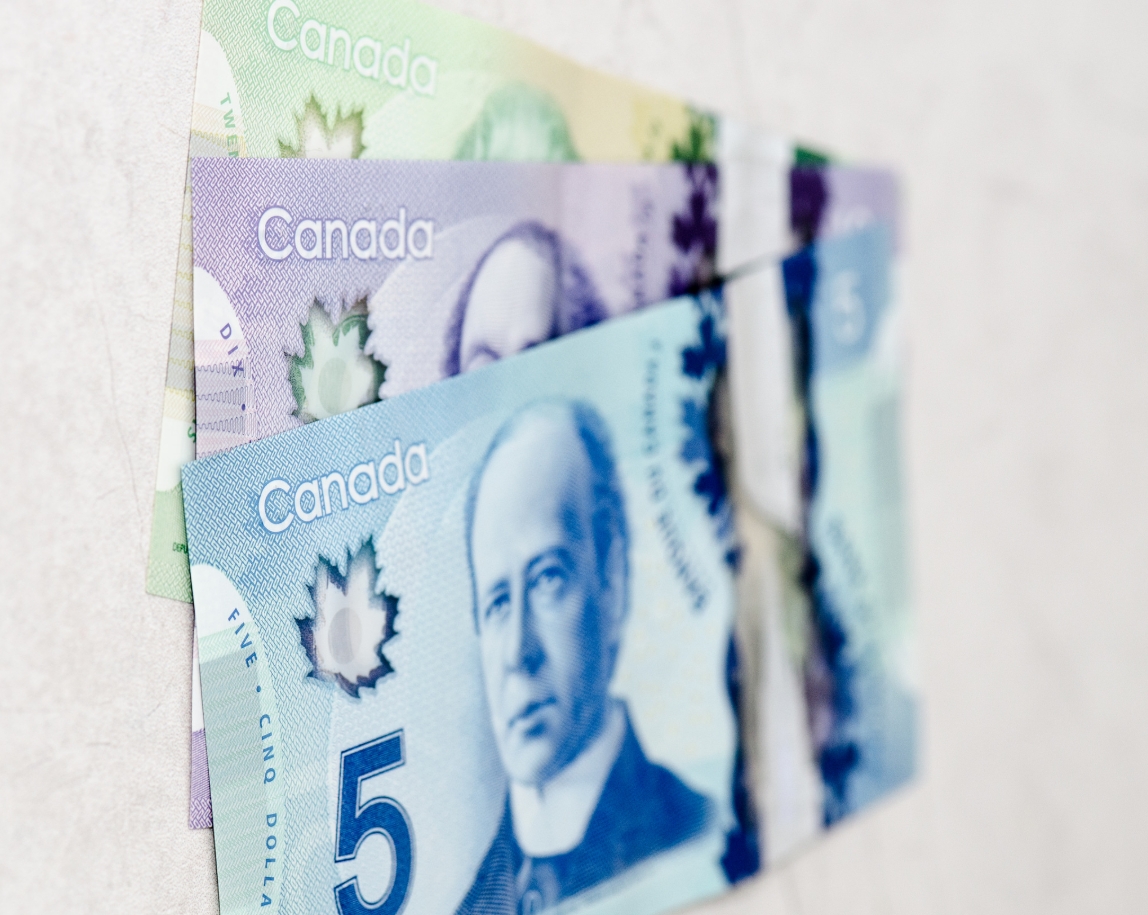
As the battle between the Toronto Real Estate Board and Competition Bureau over access to local home sales data continues, Canada’s national statistics agency has given a different glimpse into land values—though it won’t tell you how much your neighbour’s home sold for.
According to Statistics Canada’s latest report on residential property values, published May 9, Canadian residential lots were worth a total of $4.8 trillion as of 2015, representing an increase of 7.4 per cent over the previous year. Since 2006, land values have surged an eye-popping 80.2 per cent.
However, via a response to the data, BMO Economics points out that in the years following 2015, it looks like the rate of growth has slowed. “Comparable data from the national accounts suggests the national figure has climbed to $5.4 trillion at the end of 2017. But note that the pace of increase has slowed materially to just 3.7 [per cent year over year], half the long-term average, amid payback from the frenzy in Southern Ontario in late 2016,” writes BMO Senior Economist Sal Guatieri in a recent note entitled Homeowner Wealth: More Bungalow than Two-storey. “Higher interest rates, tougher mortgage rules and stretched affordability in Vancouver and Toronto should encourage the slower pace this year,” he adds.
The data from Statistics Canada shows just how much several markets contributed to the overall value gains in 2015. More than 90 per cent of the total residential land value was concentrated in four provinces: Ontario, BC, Quebec, and Alberta. Ontario represented the largest share at 42.7 per cent, followed by British Columbia at 20.5 per cent, Quebec at 16 per cent, and Alberta at 12.6 per cent. “These four provinces accounted for 98.0% (+$325.9 billion) of the total national annual increase,” Statistics Canada says in its report. Ontario is responsible for more than $170.3 billion of that. The Toronto census metro area alone made up a whopping 37.1 per cent of countrywide annual rise in residential land values in 2015, surpassing the Vancouver CMA’s 26.1-per-cent share.
The BMO report also suggests that Canada’s neighbours to the south have seen the total value of their properties grew at a faster rate. Since 2015, the value of US residential properties has climbed 6.7 per cent. “Comparable data from the national accounts suggests the national figure [in the US] has climbed to $5.4 trillion at the end of 2017,” notes Guatieri.
Photo credit: KMR Photography

